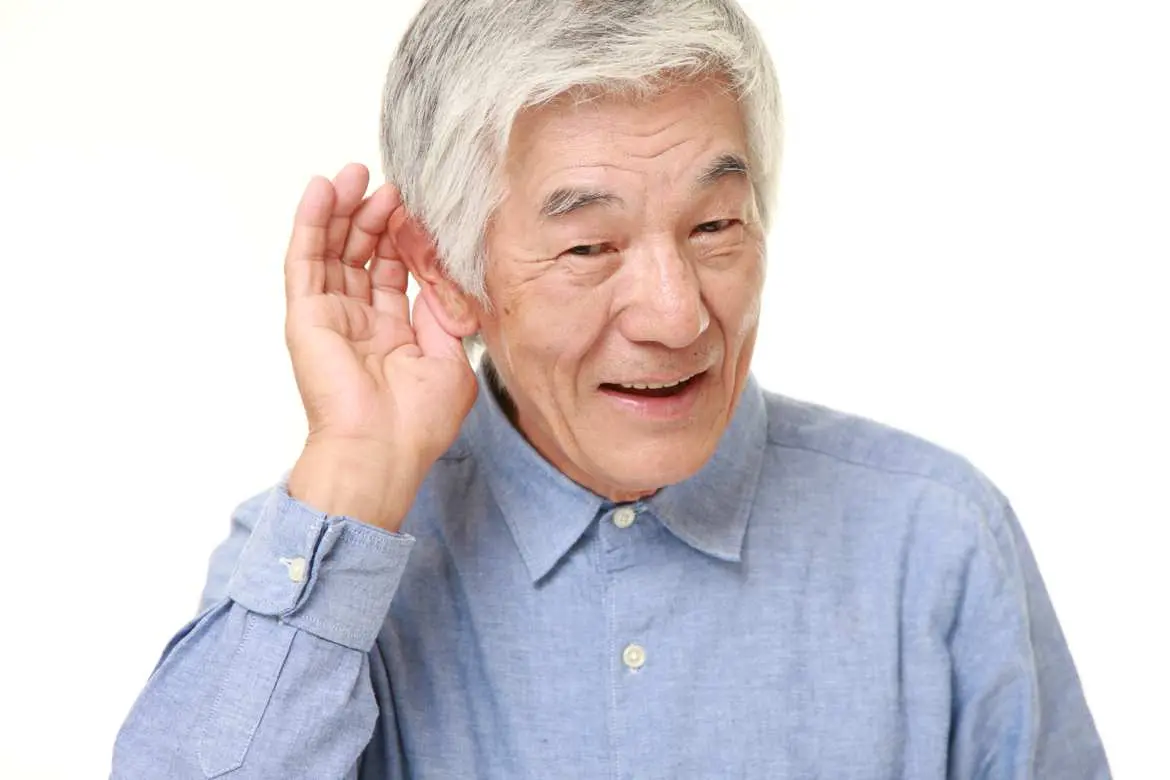Dr Low Wong Kein Christopher
Otorhinolaryngologist


Source: Shutterstock
Otorhinolaryngologist
It is now possible to customise hearing aids and adapt them to an individual's hearing loss, age, lifestyle, expectations and preferences. Therefore, it is important to consider some physical and personal elements when choosing a hearing aid.
The most important factor in choosing a hearing aid is your hearing loss. It is necessary to have a comprehensive hearing test before even thinking about hearing aids. Every individual's hearing loss is different in severity, type and configuration and this will often determine the type of hearing aid that is best suited for you.
Every person's ear is different. The size and shape of the ear canal varies between persons and this play a role in hearing aid selection. While most ears are large enough to place a hearing aid, there are some exceptions where the hearing aid needs to be worn behind the ear. Earwax production is another physical factor to consider. If an ear produces large amounts of earwax, a hearing aid that can be easily cleaned is a more practical choice.
Almost all hearing aids today are digital and they come in a variety of technology levels. Not surprisingly, the most advanced hearing aid technology will be the most expensive, so consider the day-to-day places you visit and the things you need to hear before deciding. If you are very active and exposed to diverse listening environments (eg. restaurants, parties, church activities), you will likely benefit from a hearing aid with high-end technology like speech-focused directional microphone and advanced noise reduction capabilities. On the other hand, a person who is primarily at home and watches television may only need basic hearing technology.
There are also hearing aids that can be wirelessly connected to devices like mobile phones, music players and television. This enables the convenient use of the mobile phone in one or both hearing aids without holding the phone near your ear. Watching television programs become more enjoyable as audio content is transmitted directly into your hearing aids.
Digital hearing aids typically cost between $700 to just over $6,000 per ear. It is important to keep in mind that the most expensive hearing aid may not necessarily be the best choice for you. Be honest with yourself about the everyday hearing challenges you face when choosing hearing aids. Weigh what you can afford with the level of hearing technology you require.
If you lead a physically active lifestyle, a robust hearing aid that is more resistant to moisture and dust is an important feature. Waterproof hearing aids can be an advantage if you enjoy swimming, water sports, or other activities where hearing aids could get wet.
Since hearing aids will be a part of your life, it is important that you feel comfortable and confident wearing them. For some people, looks are very important. There are some hearing aids that are nearly invisible and others that neatly match your skin colour. With a wide selection of styles and colours to choose from, you can find a hearing aid that matches your personal style and preference.
Hearing aids can be tiny and tricky to wear for someone with difficulty handling small objects. The smaller the hearing aid, the smaller the battery and changing batteries can become a challenging task for those who have problems with their hands or fingers such as in some elderly. Vision issues may also affect the choice of hearing aids and opting for those that can be adjusted automatically or with a remote control will be helpful.
If you have hearing loss in both ears, you should wear 2 hearing aids. Having sounds coming in from 2 ears will make it easier to identify where sounds are coming from by imitating the natural hearing process. Wearing 2 hearing aids will also help better understanding of speech in noisy situations.
Depending on the hearing loss, partially implantable hearing aids can be an option. For those who cannot use conventional hearing aids due to medical reasons or find them unsatisfactory, middle ear implants (Vibrant Sound Bridge) can provide amplification by using mechanical energy to stimulate the inner ear structures. Another type of hearing implant is based on bone conduction technology where sounds are transferred to the ear by bone vibration (Bone-anchored Hearing Aid or Bone Bridge). For those with more severe hearing loss where hearing aids are of inadequate benefit, a cochlear implant can give better hearing by bypassing the damaged ear and stimulate the hearing nerve directly.
In the vast majority of patients, modern hearing aids can alleviate the disability resulting from hearing loss. However, several types and models of hearing aids exist in the market. There is no "one size fits all" and several factors need to be considered when choosing one that suits you best.